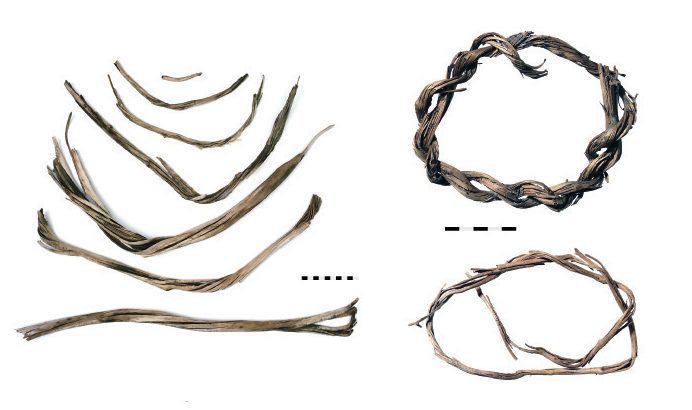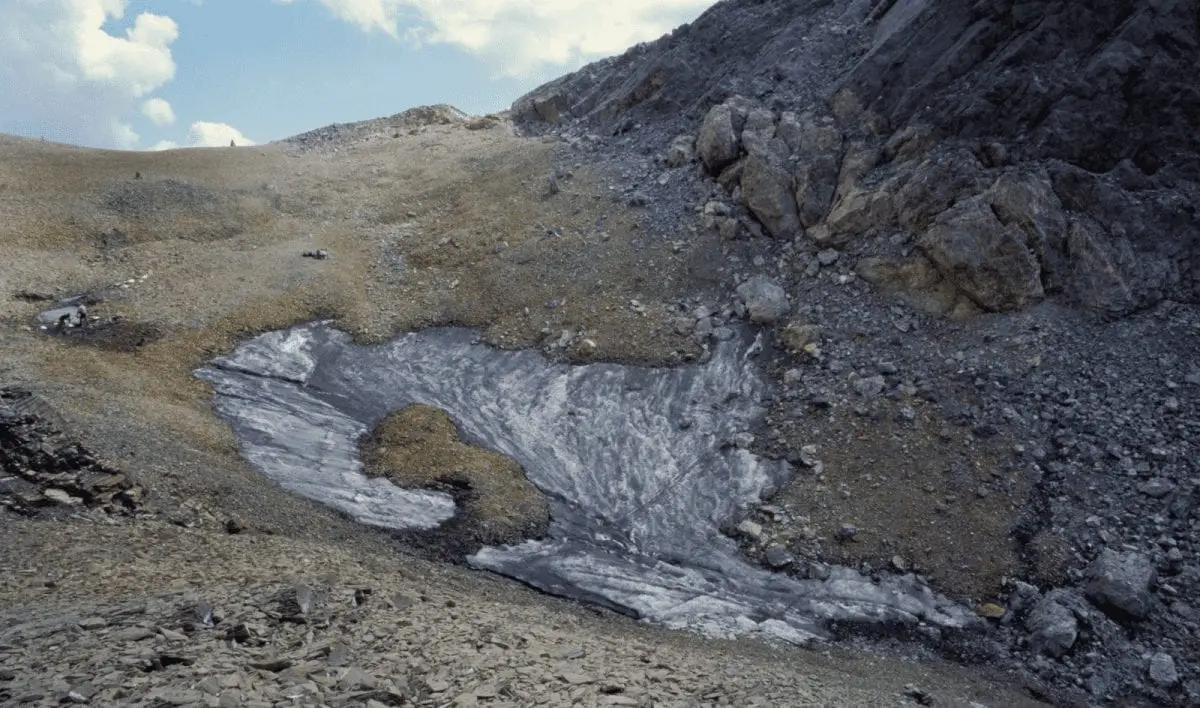The people in Switzerland were on the move in the High Alps and running alpine pastures 7,000 years ago and therefore much earlier than previously assumed.
A study by the University of Bern that combines archaeological knowledge with findings from palaeoecology comes to this conclusion. Prehistoric finds from the Schnidejoch Pass played a crucial part in this.
Did shepherds actually drive their herds from Lower Valais to the Bernese Oberland and graze their sheep there around 5,000 BC? Many factors indicate that this theory, which would have just been dismissed as speculation until recently, reflects reality. «We have strong indications that argue that people were on the move in the mountains with their animals much earlier than previously assumed», says Albert Hafner, Professor of Prehistoric Archaeology at University of Bern.
Albert Hafner and Christoph Schwörer, environmental scientist and specialist in vegetation history at the Institute of Plant Sciences at University of Bern, have just provided the chain of evidence that supports this assumption in an article in the «Quaternary International» specialist journal. Both scientists are members of the Oeschger Centre for Climate Change Research at University of Bern «The combination of two approaches», explains Albert Hafner, «allowed us to collect better data and also interpret it with a new perspective. Neither archaeology nor palaeoecology would have come to these new findings on their own.»
According to the study, this is how we have to imagine early alpine farming between Valais and the Bernese Oberland: the region around today’s Sitten was populated by people who ran arable and cattle farming around 5,000 BC. They kept sheep and goats, among others. However, the steep and dry slopes in Lower Valais did not produce much feed, which is why the shepherds undertook a two-day hike as far as the Bernese Oberland where they found good grazing opportunities below the Schnidejoch Pass situated at 2,756 metres above sea level. This nomadic pasture farming was only possible as the glaciers drastically retreated during the so-called Holocene Climatic Optimum. The Schnidejoch did not have any ice for several centuries.
Sediment analysis and prehistoric finds
The two researchers support their theory on the one hand with prehistoric finds from the Schnidejoch situated above the Lenk and on the other hand by the analysis of sediment cores from Lake Iffig (Iffigensee) just a few kilometres away.

A melting ice field on the Schnidejoch Pass has exposed several hundreds of these kinds of objects since 2003. Including remnants of containers made out of wood, which were very probably used to transport food. The Valais shepherds probably transported provisions in them for the time that they spent with their animals on the Bernese side of the pass. Indications of early alpine farming are also provided by the rings made out of plaited twigs which were used to hold the posts of mobile fences together. The rings originate from the Early Bronze Age (from 2,100 BC). What is interesting though is that one tradition from this phase of prehistoric alpine farming in the Bernese Oberland was preserved over thousands of years: cattle farmers can be seen in a historic photo from the Thun region who are building a mobile fence using rings made out of plaited twigs – probably using the same method that their Valais ancestors applied around 5,000 BC. «This is obviously an extremely simple and convenient technique that could last long in traditional communities », says Albert Hafner.
Strong indications of very early pastoralism in the area of the Schnidejoch is mainly provided by the reconstruction of the region’s vegetation history. Christoph Schwörer analysed the composition of sediment deposits from Lake Iffig for this.
The pollen was of particular interest in the process. From the composition of this pollen it can be deduced which plant species were very widespread in a specific location in the past. For example, nettles, among others, can be evidenced for the time after 5,000 BC.
These nutrient-loving plants frequently appear in places where cattle were fenced in overnight. Spores from the Sporormiella, a fungus that thrives extremely well on cattle dung was also found in the sediment core. When the glaciers advanced again during a colder climatic phase just under a thousand years after the oldest Schnidejoch finds, the route over the pass became impassable again. There is also no indication of the Valais shepherds and their sheep in the lake sediments from Lake Iffig during this time.





